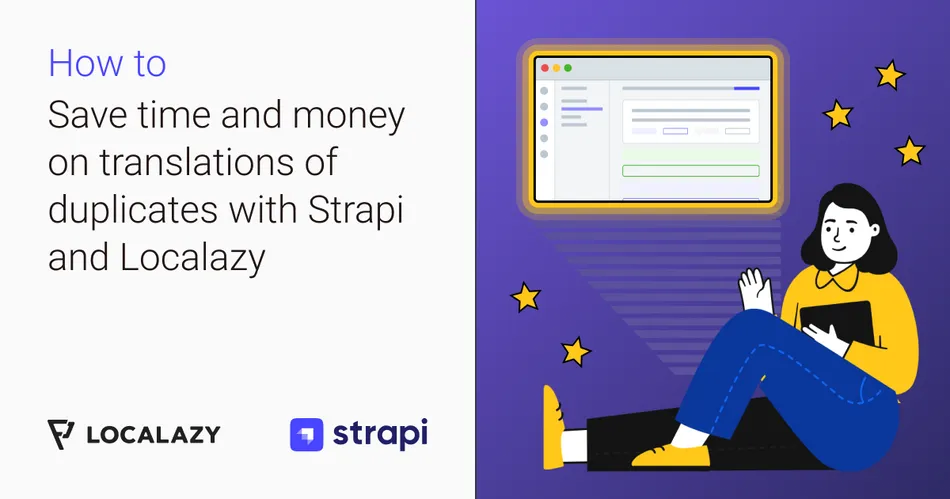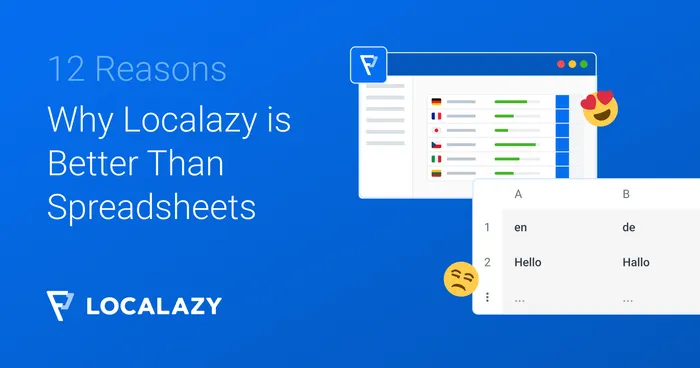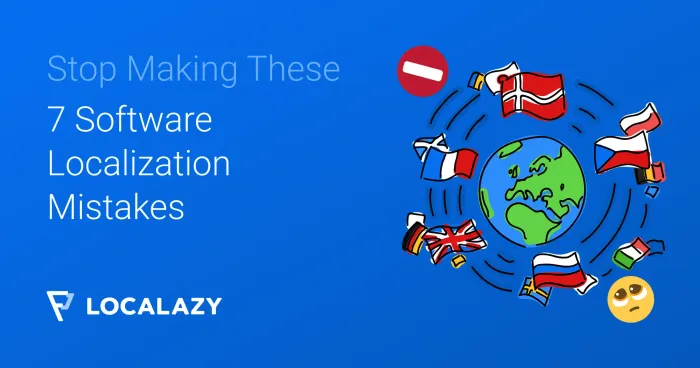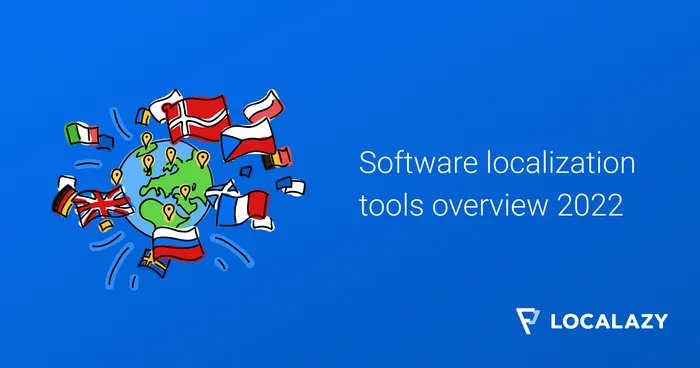Learn how to efficiently save time and reduce translation costs by leveraging Localazy's Key clustering feature to handle duplicate values originating from Strapi CMS.
💜 Strapi CMS & Localazy 🔗
Strapi is a popular open-source headless CMS that provides an API for content display in various formats. It offers a user-friendly interface and powerful integration options, making it a favored choice among many teams.
Strapi supports multilingual content, which is flexible and easy to control, particularly for smaller projects. However, as the number of translatable fields grows, it becomes crucial to consider third-party solutions for managing translations to ensure consistent and professional-quality results across the entire project.

Localazy is one such solution. By seamlessly integrating Localazy into your Strapi environment, you gain control over translations with the support of contextual tools like the Glossary or Community translations (ShareTM) or the option to utilize professional translators.
To get started with Localazy and Strapi CMS, refer to our comprehensive guide on Managing multilingual content with Strapi CMS & Localazy.
🧐 The Challenge of Duplicates 🔗
Over time, it is common to encounter a multitude of duplicates within your content entries. Common words or phrases such as Save, Continue, Cancel, and others may be repeated, resulting in wasted translation efforts.
Additionally, translating duplicates repeatedly poses a risk of inconsistencies, as each translation attempt introduces the possibility of variations. While relying solely on the glossary or manually controlling duplicates via duplicity linking are options, both approaches require manual input and are prone to human errors.
🖇️ Key Clustering as the Solution 🔗
Fortunately, Localazy offers the key clustering feature, which automatically removes duplicate values, leaving no room for inconsistent translations. Key clustering is a unique solution that handles duplicates without modifying the integration source.
When content is uploaded from API-based sources, Localazy automatically processes and organizes it into key clusters based on identical values. A key cluster represents a single Localazy key containing nested keys with duplicate values.
By leveraging key clusters, you can save valuable time and resources by eliminating the need to translate the same content multiple times.
Learn more about Key Clusters in the docs.
Setting Up Your Localazy Project 🔗
To benefit from key clustering, follow these steps:
- Create a Localazy project.
- Navigate to the project's general settings section and enable Key clustering under the Import & Export settings.
- In Strapi's dashboard, configure internationalizable fields in collections and select which fields should be uploaded to Localazy in the Content Transfer Setup settings section.
- Visit the Localazy plugin page and upload your content.

Content in Localazy 🔗
If your uploaded content includes duplicate values, you will encounter a special type of string prefixed with the label cluster_. Opening one of these strings reveals the clustered text nodes from Strapi.


For example, if two keys uploaded from Strapi have the same value Main, they will be nested under a single Localazy key called cluster_1. This value only needs to be translated once, and all current and future instances in Strapi will automatically reuse the same translation effortlessly.
🔓 Join our beta program to access this feature 🔗
⚠️ Please note:️ Key Clusters are an experimental beta feature available only in our Early Access Program. To join the beta, please log in, click on the ❔ question mark icon in the top navigation, and select Get early access.
✔️ Closing words 🔗
Say goodbye to the tedious task of translating redundant content repeatedly. With the key clustering feature, the translation of your Strapi content becomes a smoother and more reliable experience. Embrace Localazy's key clustering functionality to streamline your translation workflow, enhance consistency, and save valuable time and resources in your localization efforts.




